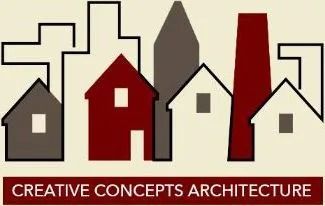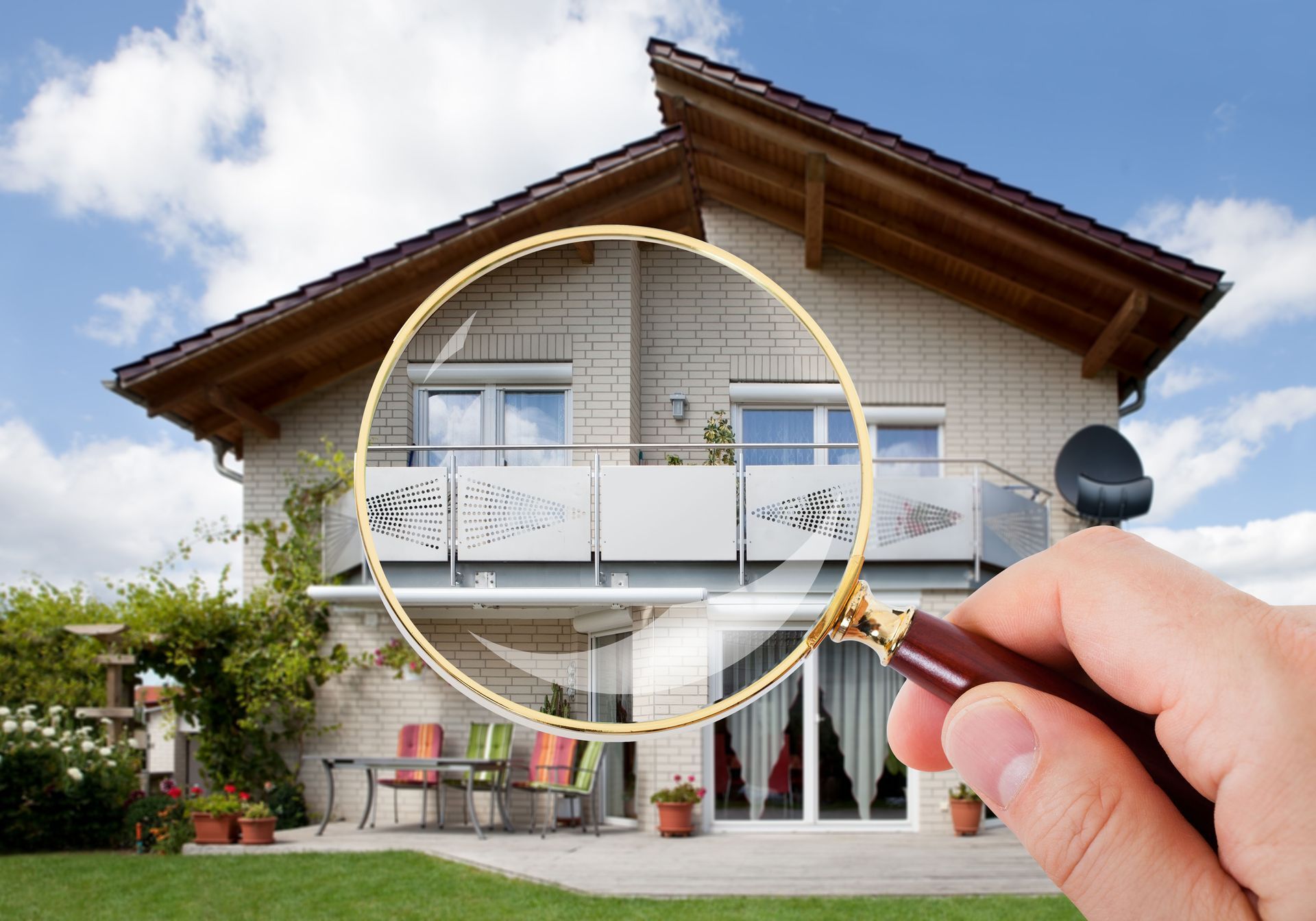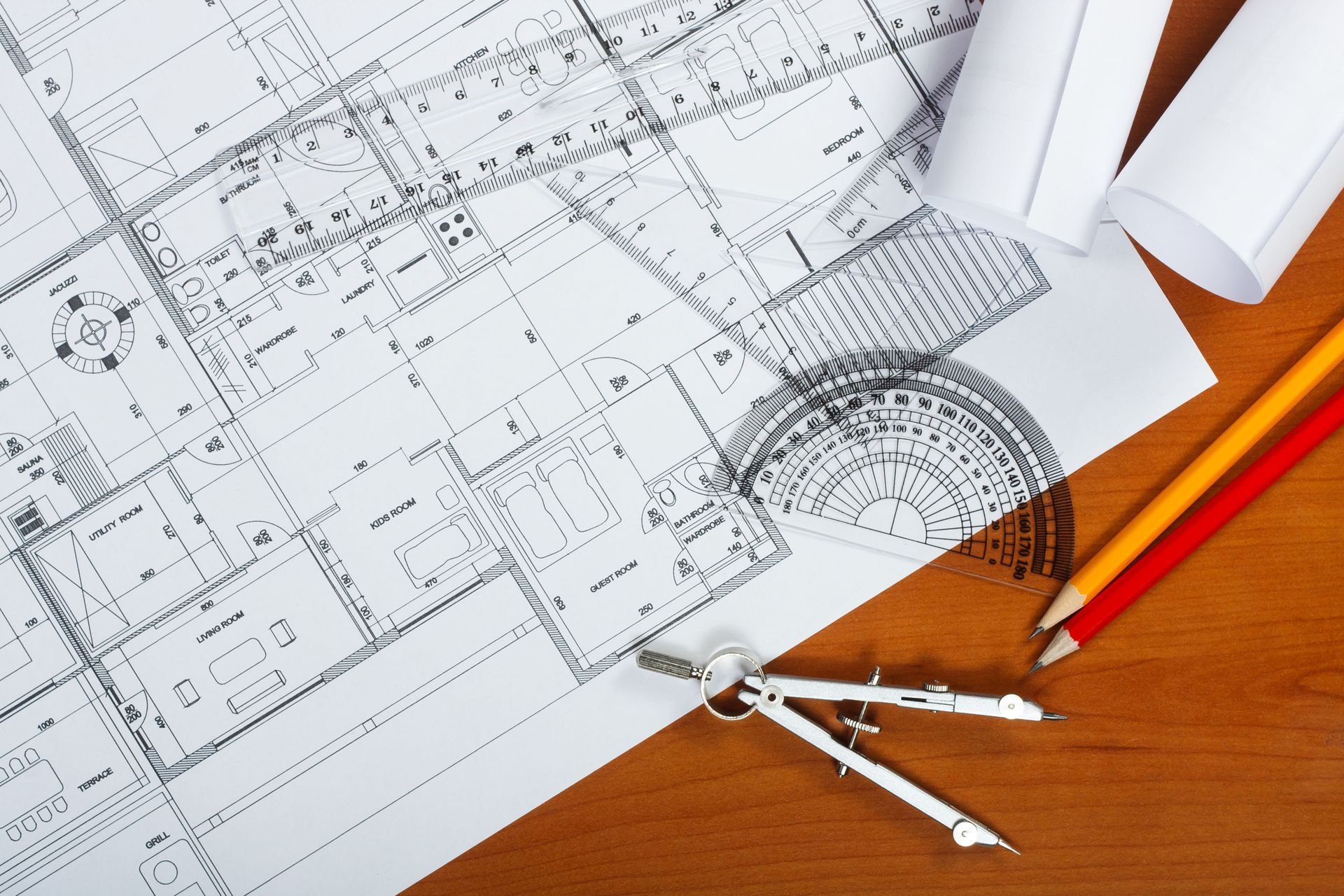September 24, 2025
Luxury is often defined by more than just the price tag of a property—it is shaped by atmosphere, detail, and innovation. At the center of these qualities lies architectural design, which serves as the blueprint for opulence. In luxury spaces, every decision about layout, materials, lighting, and even technology contributes to an environment that is not only visually stunning but also highly functional and deeply personal. True luxury is not simply about excess; it is about creating spaces that inspire, comfort, and endure.
As global demand for sophisticated spaces rises, architectural design continues to evolve in both scope and technique. According to Grand View Research, the global architectural services market is projected to grow at a compound annual growth rate of 4.9% from 2024 to 2030. This expansion highlights how architectural design is becoming more central to how people imagine and inhabit luxury environments, blending timeless beauty with cutting-edge solutions. With innovation at the forefront, today’s luxury spaces reflect a broader cultural shift—where sustainability, technology, and personalization are as essential as elegance itself.
Key Elements In Luxury Architectural Design
When approaching luxury architecture, certain elements consistently define the space. High-quality materials, for instance, are a hallmark. From marble flooring to sustainably sourced exotic woods, these choices elevate not only the visual appeal but also the tactile experience of a room. Architectural design in the luxury sector often emphasizes craftsmanship, with meticulous attention to details like molding, finishes, and custom joinery. These touches communicate exclusivity and permanence, reminding occupants that luxury is as much about how a space feels as how it looks.
Space planning is another critical element. Luxury homes and commercial properties prioritize flow, proportion, and symmetry. A well-designed layout ensures that spaces feel open, balanced, and inviting. Large windows, soaring ceilings, and open floor plans amplify natural light and create a sense of grandeur. Beyond aesthetics, thoughtful layouts also consider how residents or guests interact with the space daily, ensuring convenience and comfort while preserving elegance.
Innovative structures also play an essential role. Architectural design for luxury spaces often integrates bold geometry, cantilevered balconies, or striking facades. These features are not purely aesthetic—they represent the designer’s ability to merge art with engineering, pushing the boundaries of what a building can communicate. By experimenting with structure, architects create iconic silhouettes that become as memorable as the experiences housed within them.
Lighting In Luxury Architectural Design
Lighting is often called the jewelry of architectural design because of its ability to transform a room. In luxury spaces, lighting is never an afterthought; it is a carefully orchestrated element that adds depth and emotion.
Ambient lighting establishes the foundation of a space’s atmosphere. Soft, evenly distributed light creates a warm, welcoming environment, while strategically placed accent lights highlight architectural details such as textured walls or vaulted ceilings. In contrast, task lighting provides precision in areas like kitchens or studies without overwhelming the design.
Layered lighting is one of the most effective hacks in luxury architectural design. Combining ambient, accent, and task lighting creates versatility, allowing spaces to transition seamlessly from daytime brightness to evening intimacy. Statement fixtures—such as crystal chandeliers, sculptural pendants, or bespoke sconces—double as works of art, reinforcing the luxurious character of a space.
Lighting is often referred to as the jewelry of architectural design due to its ability to transform a room. In luxury spaces, lighting is never an afterthought; it is a carefully orchestrated element that adds depth and emotion to the overall experience. The right lighting plan can highlight architectural features, influence mood, and define the overall character of a space.
Sustainability In Luxury Architectural Design
Luxury once implied indulgence without restraint, but today’s high-end spaces are increasingly defined by responsible choices. Sustainable architectural design demonstrates that luxury and environmental stewardship can coexist.
Energy-efficient materials, like insulated glass and recycled metals, are now common in upscale projects. Green roofs and living walls not only reduce energy consumption but also contribute to a biophilic aesthetic that appeals to modern buyers. Incorporating sustainable materials doesn’t diminish luxury—it enhances it by telling a story of responsibility and innovation.
Water conservation is also integral to sustainable luxury. Features such as rainwater harvesting systems and gray water recycling are now being seamlessly incorporated into architectural design. These elements allow a home or commercial building to minimize its environmental footprint while maintaining elegance.
Furthermore, renewable energy sources, including solar panels and geothermal systems, are being integrated in ways that complement, rather than detract from, architectural beauty. This approach redefines luxury as forward-thinking, harmonizing comfort with long-term environmental responsibility.
Technology In Luxury Architectural Design
Technology has become inseparable from the concept of luxury, and architectural design is at the forefront of this integration. Smart home systems allow for personalized control of lighting, climate, and security, creating spaces that are not only luxurious but also highly efficient.
Advanced construction methods, such as 3D printing and prefabricated modular components, are also beginning to influence high-end builds. These techniques allow for precision, customization, and faster project delivery while maintaining the bespoke feel associated with luxury architecture.
In addition, architectural design now often includes immersive technology such as augmented reality or virtual reality, which allows clients to visualize and refine their spaces before construction begins. This collaborative use of technology ensures that the final product reflects personal taste and lifestyle requirements, while maintaining the elegance that defines luxury design.
Trends In Luxury Architectural Design
The luxury architecture landscape is dynamic, shaped by shifts in culture, technology, and aesthetics. Several trends stand out as particularly influential today.
Minimalism with a twist has gained traction. Instead of overly ornate designs, many luxury spaces emphasize clean lines, open layouts, and curated simplicity. However, this simplicity is enriched with tactile details—stone walls, handcrafted wood accents, or textured fabrics—that add depth and character.
Indoor-outdoor integration is another prominent trend. Architectural design increasingly seeks to blur the line between interiors and natural surroundings, using expansive glass walls, retractable doors, and outdoor living areas that mirror the comfort of interiors. This approach not only enhances visual appeal but also strengthens the connection to nature.
Cultural fusion has also emerged as a hallmark of contemporary luxury. Architects and designers are drawing inspiration from global traditions, merging Japanese minimalism with Mediterranean warmth, or pairing Scandinavian restraint with Middle Eastern opulence. This fusion results in spaces that feel unique and cosmopolitan.
Personal wellness is now shaping architectural design as well. Luxury homes often feature spa-inspired bathrooms, meditation rooms, and fitness areas that prioritize holistic living. These spaces reflect a broader trend of architecture adapting to lifestyle aspirations.
Luxury architectural design is more than an exercise in aesthetics—it is the thoughtful convergence of art, innovation, sustainability, and technology. By mastering elements such as lighting, materials, and spatial flow, designers create environments that feel both timeless and personal. The integration of sustainability and technology ensures that these spaces are not only beautiful but also forward-looking.
As trends continue to evolve,
architectural design
will remain the foundation of luxury, shaping spaces that redefine elegance for the modern world. The steady global growth of architectural services signals a future where innovation and creativity will continue to elevate how we experience and inhabit luxurious environments. If you need architectural design services, contact the professionals at Creative Concepts Architecture today!





